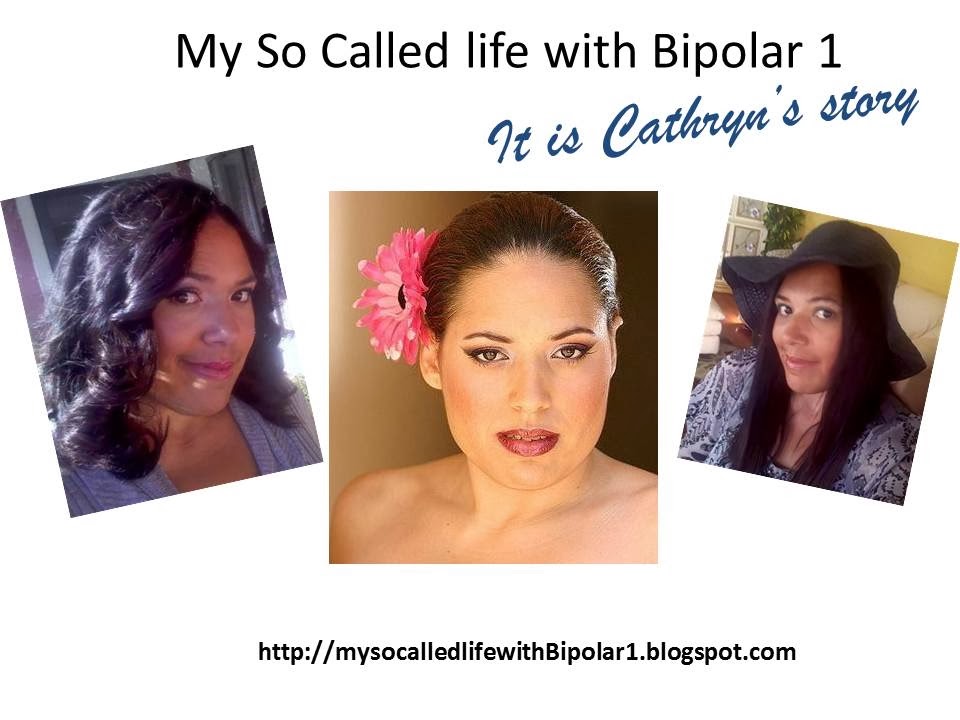I have worked really hard on my weight. It is not really easy when you are on meds that for the most part cause weight gain. I admit my diet lately has not been the greatest. I am working now on getting to 165 and going to hit the gym more frequently. I am now currently a healthy weight of 183. I was 256 so I am losing weight. I feel healthier now and it is easier to perform certain daily tasks. I wear a size 12-14, but I admit my body has changed from all the medications that I started taking Fortunately, I am on medications that really don't cause weight gain. I love the meds I am taking. I am taking Trileptal, Cogentin and Abilify. It took a long time to finally find the right combinations of drugs. I think I can thank my therapist and my psychiatrist on working with me.
Thought this was a great article on trileptal:
Trileptal: Everyone’s Using It!
Rarely has a medication generated so much enthusiasm on so little data. The reason is that Trileptal is blessed with extraordinary intuitive appeal. Approved by the FDA for epilepsy in 2000, it is such a close cousin of Tegretol (carbamazepine) that the molecules look identical except for the addition of a lonely oxygen atom to the middle tricyclic ring of Trileptal. The irresistible reasoning is that since it looks like Tegretol, it must be as effective as Tegretol for bipolar disorder.
And yes, Tegretol has a good track record for bipolar disorder, likely just as effective as lithium and Depakote, but it is rarely used first-line because of poor tolerability (fatigue, nausea, dizziness) and especially because of the risk of life-threatening side effects, such as leukopenia, agranulocytosis, and elevated liver function tests. In terms of pharmacokinetics, Tegretol is a hassle because it induces the synthesis of several P450 enzymes, leading to unpredictable dips in serum levels of concurrent medications.
Trileptal, on the other hand, is free of most of these problems. Fatigue and dizziness may occur, but tend to be milder. It leaves both white blood cells and the liver alone. And although Trileptal does mildly induce P450 3A4, and thus can reduce levels of oral contraceptives and calcium channel blockers, unlike Tegretol, it does not induce its own metabolism, making it easier to dose. Because of its lack of toxicity, Trileptal serum levels are unnecessary; the only laboratory monitoring needed is a couple of serum sodium levels during the first 3 months of treatment, since it causes significant hyponatremia in 2.5% of patients.
It’s nice that Trileptal is so easy to use, but does it work for anything other than epilepsy? The data is very, very scant. Two controlled trials conducted in Germany in the early 1980s showed that Trileptal was as effective as both Haldol and lithium for the treatment of acute mania (1), but the numbers were small and the outcome measures used were unfamiliar to current-day researchers. Oddly, not a single controlled trial of Trileptal has been published since then.
More recently (2), we have a well-done retrospective chart review of 42 patients with refractory bipolar disorder who were placed on Trileptal (average dose 1056 mg QD) either as monotherapy or as an adjunct to their existing regimens. An impressive 57% of patients were rated as “moderately to markedly” improved; interestingly, 100% of the 10 males in the sample improved vs. only 44% of the 32 females. Unfortunately, 52% of these patients discontinued the treatment, either because of side effects or lack of efficacy.
This article originally appeared in The Carlat Psychiatry Report -- an unbiased monthly covering all things psychiatry.
Want more, plus easy CME credit?
Subscribe today!
Thus, while the evidence so far is underwhelming, glowing case reports keep getting published and presented at meetings, giving TCR the sense that a definitive controlled trial must be lurking out there somewhere, hopefully soon to hit the press. Until then, there is little to be lost in trying it on those bipolar patients who are not severely ill and who decline trials of less tolerable alternatives. Most of the frequent prescribers start at 150 mg QHS or BID, and will gradually increase (over a week or two) to about 600 BID. Warn patients about transient dizziness and nausea, inform them that their oral contraceptives and calcium channel blockers may need a dosage increase, and get sodium levels at 4 and 12 weeks. Generally, Trileptal does not cause significant weight gain.
If you prescribe it frequently enough, you too may become one of those Trileptal-boosters who make the rest of us poor schleps feel inadequate. It’s OK, we’re trained to deal with it!
TCR VERDICT: Trileptal: Pretty Harmless; Possibly Effective
References
1. Emrich HM. Studies with oxcarbazepine in acute mania. Int Clin Psychopharmacol. 1990; 5 (Suppl.): 83-88.
2. Ghaemi SN, Berv DA, and Klugman J, et al. Oxcarbazepine treatment of bipolar disorder. J Clin Psychiatry. 2003; 64:943- 9453.
3. Hummel B, Walden J, Stampfer R, et al. Acute antimanic efficacy and safety of oxcarbazepine in an open trial with an on-off-on design. Bipolar Disord. 2002; 4:412-417.





No comments:
Post a Comment